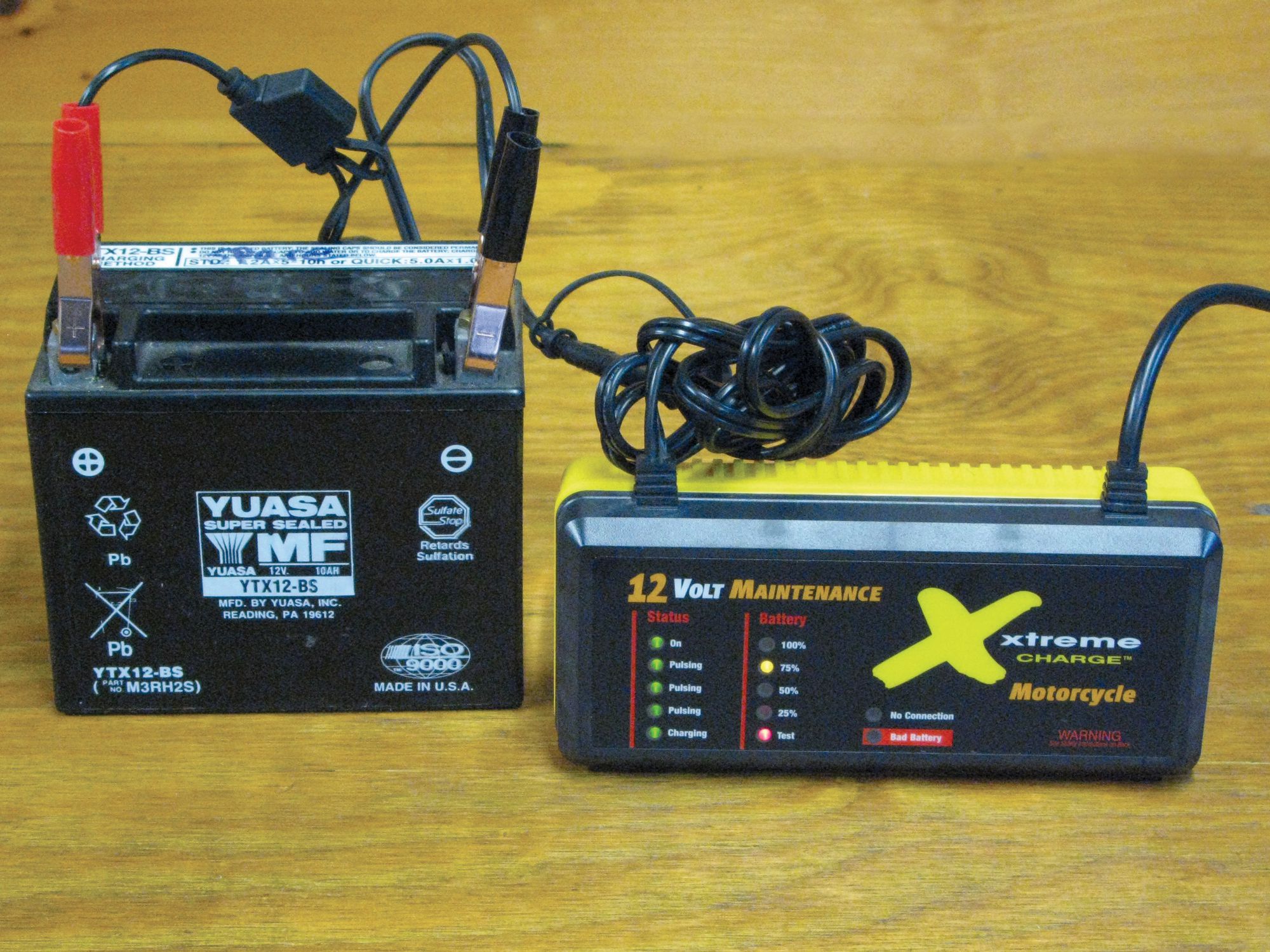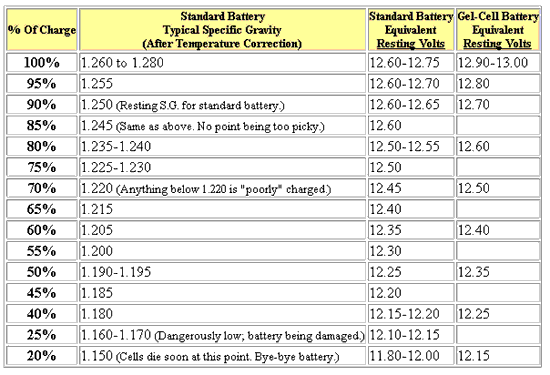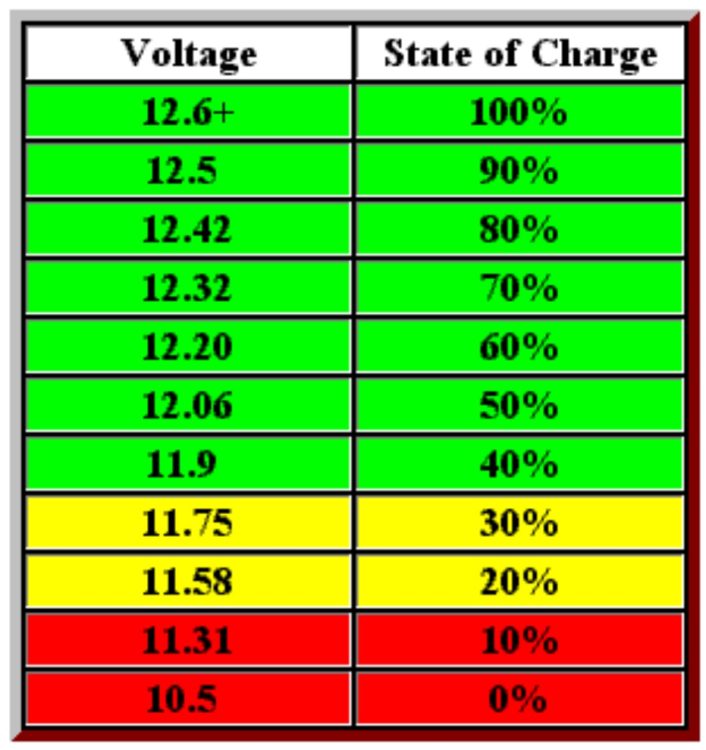How Many Volts is a Motorcycle Battery
Are you curious about the voltage of your motorcycle battery? Whether you’re a seasoned rider or a newbie on the road, understanding your bike’s battery is crucial for a smooth and uninterrupted ride.
Imagine cruising down the highway, wind in your hair, and suddenly your bike stalls. Frustrating, right? Knowing the voltage of your motorcycle battery can save you from such unwelcome surprises. You’ll discover the typical voltage range for motorcycle batteries, why it’s important, and how this knowledge can empower you.
We’ll break down complex concepts into simple terms, ensuring you have the confidence to maintain your bike’s performance. Get ready to unravel the mystery of motorcycle battery volts and take control of your ride’s reliability. Keep reading, and let’s make sure your adventures on the road are always electrifying!
Types Of Motorcycle Batteries
Lead-Acid Batteries are very popular. They have been used for a long time. These batteries are heavy but strong. They can last for many years. The voltage usually is 12 volts. Maintenance is needed for these batteries. They must be checked often. You need to add water sometimes. This helps keep them working well.
Lithium-Ion Batteries are newer. They are light and easy to carry. These batteries can store more energy. 12 volts is common for them. They last longer without needing care. They are good for fast bikes. But they can be more expensive. They are not as strong as lead-acid ones.
Gel Batteries use a special gel inside. This gel keeps them safe. They don’t need much care. They are good for many kinds of bikes. 12 volts is typical for gel batteries. These batteries can handle high temperatures. Vibration does not bother them. Gel batteries cost more than lead-acid ones.

Credit: www.motorcyclecruiser.com
Standard Voltage Levels
Some motorcycles use 6-volt batteries. These are common in older models. They provide less power than 12-volt batteries. A 6-volt battery usually has three cells inside. Each cell gives about 2 volts. Together, they make the battery 6 volts in total. These batteries are small and light. They are good for simple tasks. But not for big engines.
12-volt batteries are common in most motorcycles today. They have six cells inside. Each cell also gives about 2 volts. Together, they add up to 12 volts. These batteries give more power and energy. They are perfect for modern motorcycles. They can handle more lights and gadgets. 12-volt batteries are strong and reliable.
Factors Affecting Battery Voltage
Temperature can change a battery’s voltage. Cold weather often lowers voltage. Batteries work better in warm weather. But too hot can be bad. High heat can damage the battery. Motorcycle batteries like steady temperatures. They perform best in mild conditions. So, keep your motorcycle safe from extreme weather.
An old battery might not hold voltage well. Over time, batteries lose strength. A new battery works better. Proper care keeps a battery healthy. Clean terminals help with good connection. Charging often helps too. Avoid deep draining the battery. It can harm the lifespan. Always check your battery’s condition.

Credit: motor.mortch.com
Checking Battery Voltage
Motorcycle batteries typically range from 12 to 14 volts. Regularly checking the voltage ensures smooth rides. Consistent voltage checks help maintain battery health and prevent unexpected breakdowns.
Using A Multimeter
First, turn off the motorcycle. Find the battery location. Attach the multimeter probes to battery terminals. Make sure red goes to positive, black to negative. Set the multimeter to DC voltage. Most motorcycle batteries have 12 volts. Check the screen for reading. If the voltage is below 12 volts, it might be weak. A fully charged battery shows between 12.6 to 12.8 volts. Below 12 volts indicates trouble.
Signs Of Low Voltage
Engine struggles to start. Dim headlights are another sign. Dashboard lights flicker or seem weak. Accessories fail to work properly. Battery may die quickly. Check for corrosion on terminals. Clean if necessary. Listen for clicks when starting. Clicking means low power. Get help if unsure about the battery condition.
Maintaining Optimal Voltage
A motorcycle battery needs the right care. Regular charging keeps it strong. Charge the battery every few weeks. Even if you don’t ride. This helps to maintain its power. Use a good quality charger. It should match the battery type. Avoid overcharging. It can harm the battery. Keep the battery terminals clean. Dirty terminals can block charging. Always check the voltage. It should be around 12.6 to 12.8 volts. This means the battery is healthy.
Taking care of a motorcycle battery is easy. Check the battery cables. Make sure they are tight. Loose cables cause problems. Keep the battery dry. Water can damage it. Inspect for any leaks. Leaks mean the battery might be bad. Store the motorcycle in a dry place. Cold weather can drain the battery. Use a trickle charger in winter. This keeps the battery charged. Always wear safety gear. Batteries can be dangerous.

Credit: www.advrider.com
Upgrading Motorcycle Battery
Motorcycle batteries usually have 12 volts. Some older models use 6 volts. It’s important to check your motorcycle’s requirements. 12-volt batteries are popular for modern bikes. They provide more power for accessories. 6-volt batteries are less common today. They might be found in vintage bikes. Knowing your bike’s voltage helps in choosing the right battery. Always verify your bike’s voltage before buying.
Installing a new battery needs care. Ensure the battery fits the compartment. Connect the positive and negative terminals correctly. Misconnection can cause damage. Secure the battery tightly to prevent movement. Loose batteries can affect performance. Check for corrosion on terminals. Clean if necessary. Safety gear should be worn during installation. Gloves and goggles are useful. Follow instructions carefully for best results.
Frequently Asked Questions
Is Motorcycle Battery 6v Or 12v?
Motorcycle batteries are typically either 6V or 12V. Most modern motorcycles use 12V batteries for better power efficiency. Always check your motorcycle’s manual or consult a professional to determine the correct voltage for your specific model. Using the right battery voltage is crucial for optimal performance.
Can You Jump A Motorcycle Battery With A Car?
Yes, you can jump a motorcycle battery with a car. Ensure the car is off before connecting cables. Connect positive to positive and negative to a metal ground. Start the motorcycle after a few minutes of charging. Remove cables in reverse order.
Always follow safety precautions.
How Many Volts Should A 12 Volt Motorcycle Battery Have?
A fully charged 12-volt motorcycle battery should read between 12. 6 and 13. 5 volts. Below 12. 4 volts indicates undercharge. Regular maintenance helps maintain optimal voltage levels for better battery performance.
How Many Volts Is A Harley Battery?
Harley motorcycle batteries typically have a voltage of 12 volts. This voltage supports efficient engine performance and electric components. Always verify specific model requirements for exact battery specifications. Regular maintenance ensures optimal battery function and longevity.
Conclusion
Understanding motorcycle battery voltage is crucial for maintenance. Most motorcycles use 12-volt batteries. This voltage powers the engine and accessories. Proper care ensures reliability and extends battery life. Regular checks prevent unexpected issues. Consider age and usage when assessing battery health.
Replace batteries that show signs of wear. Knowledge about voltage helps in choosing the right battery. It also aids in troubleshooting electrical problems. Stay informed about your motorcycle’s needs. Enjoy safer and smoother rides with a well-maintained battery. Always consult a professional for complex electrical concerns.
Your motorcycle deserves the best care.






